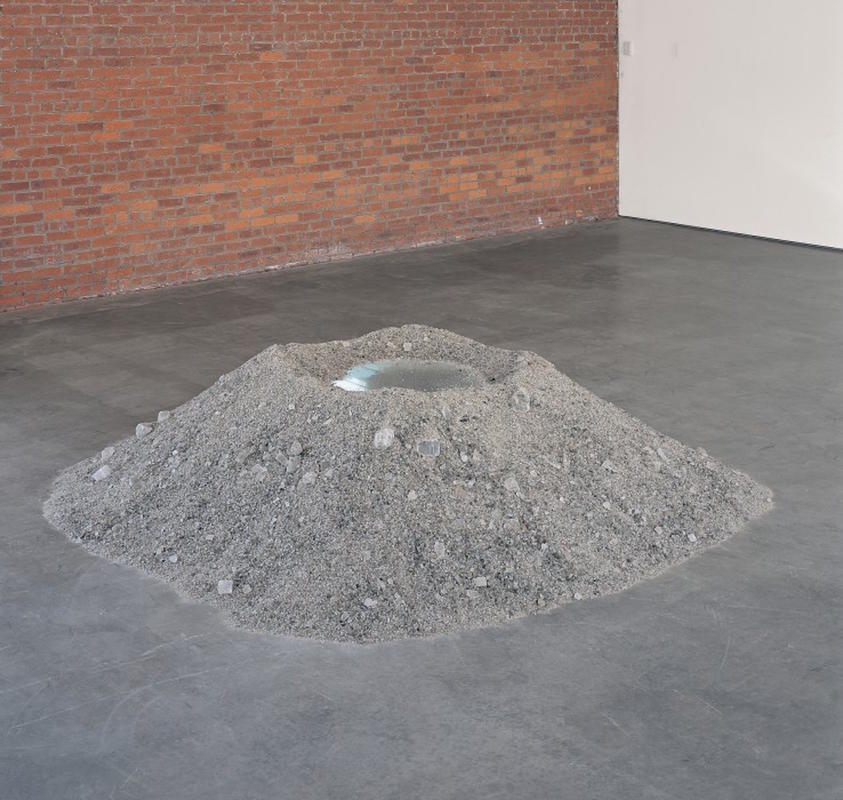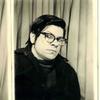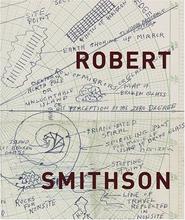More about Closed Mirror Square (Cayuga Salt Mine Project)
- All
- Info
- Shop

Contributor
The photo makes this piece look like a real, physical mirror in a pile of salt rock, but let me assure you that IRL this is merely an abstraction, a non-site.
Like the state of New Jersey—Closed Mirror Square is not a real place. Smithson meant these pieces to be a physical interruption, a fold in space/time that spins the viewer to the fringe of a place which is not here but which they can travel to. He mostly just wanted you to leave: leave the museum, dip out of the gallery, go outside and see some stuff, look at rocks, live your life. Like a bartender telling you you don’t have to go home but you can’t stay here.
Smithson’s work always involves a bit of time travel. This piece began with the artist carrying some mirrors into the largest under-lake salt mine in the western hemisphere and photographing the mirrors in various piles of salt rock before bringing some piles back to the museum as a little map suggesting that people go check it out, because mines are the new colosseums and pyramids. The piece actually included a mirror pathway between the museum and the artworks in the mine. It existed simultaneously in the museum and underground, beyond the laws of physics and American class division.
Actually, that concept (that the oil refinery just south of town is the great ruins of the future) might be happening sooner than he thought...like right now. The towns of Ithaca, Ulysses, and Union Springs are trying to get this very mine, the Cayuga Salt Mine, closed permanently. They’re trying to protect their only supply of fresh water or some other eco-warrior junk. That was a joke, I’m joking. They’re concerned that the 7 mile long, 2 mile deep mine will collapse, which seems pretty valid. Picture that, the lake filling the mine from below while the shaft entrances spit solution salt and heavy machinery. The apocalypse is a land artist’s ideal performance piece.
Sources
- Mearhoff, Sarah. December 14, 2017. “Despite a century of mining, Cargill getting local pushback on environmental issues.” Ithaca Journal, 2018. Accessed February 15, 2018. http://www.ithacajournal.com/story/news/local/2017/12/14/cargill-ny-cay…
- “Robert Smithson: Mirror/Salt Works Oct 6 – Nov 6, 1976.” The Renaissance Society at the University of Chicago, 2018. Accessed February 15, 2018. http://www.renaissancesociety.org/publishing/136/mirror-salt-works/
- Smithson, Robert. Edited by Jack Flynn. The Collected Writings of Robert Smithson, Berkeley: University of California Press, 1996. Accessed February 15, 2018. https://alotof.org/wiki/media/a/a6/Robert_Smithson.pdf
- Tsai, Eugenie. Edited by Eugenie Tsai and Cornelia Butler. “Robert Smithson: Plotting a line from Passaic, New Jersey to Amarillo, Texas.” Robert Smithson. Los Angeles: Museum of Contemporary Art, Los Angeles, 2004. Pages 10–31. Accessed February 15, 2018











